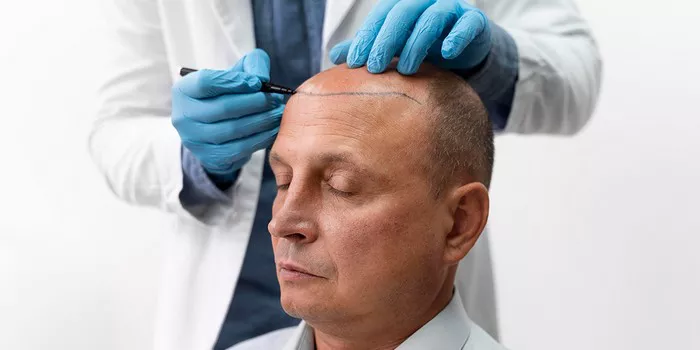Wearing a cap after undergoing a hair transplant procedure is a common concern for individuals seeking to protect their newly transplanted hair while also maintaining their preferred style. However, it’s essential to consider the implications of wearing a cap on the healing process and overall results of the transplant. In this article, we provide a detailed guide addressing this question, catering to the needs of individuals considering or undergoing a hair transplant procedure.
Understanding the Healing Process After a Hair Transplant
Before addressing whether it’s safe to wear a cap after one month of a hair transplant, it’s crucial to understand the healing process that occurs following the procedure. Hair transplant surgery involves transplanting hair follicles from a donor area to areas of the scalp experiencing hair loss. The newly transplanted hair follicles undergo a process of healing and adaptation in the recipient area, which typically occurs in several stages.
Immediate Post-Operative Period:
In the immediate aftermath of the hair transplant procedure, patients can expect some degree of swelling, redness, and discomfort around the recipient and donor areas.
The scalp may also be sensitive to touch, and patients are advised to avoid touching or scratching the treated areas to prevent dislodging the grafts.
First Week After Surgery:
During the first week post-surgery, patients are typically instructed to follow specific post-operative care instructions provided by their surgeon.
It’s essential to keep the scalp clean and dry, following the recommended washing routine to promote healing and prevent infection.
Patients may also be advised to avoid activities that could disrupt the healing process, such as strenuous exercise or exposure to direct sunlight.
Two to Four Weeks Post-Surgery:
By the second to fourth week post-surgery, most of the initial swelling and redness should have subsided, and the scalp may begin to feel less tender.
The transplanted hair follicles may enter a temporary shedding phase, where the newly transplanted hairs fall out before entering a phase of regrowth.
One Month Post-Surgery:
At the one-month mark post-surgery, the scalp should be well on its way to healing, with any scabbing or crusting from the procedure likely to have resolved.
While the scalp may still be sensitive to touch, most patients can resume their normal activities and grooming routines.
Can I Wear a Cap After 1 Month of Hair Transplant?
After one month of a hair transplant procedure, many patients may wonder if it’s safe to wear a cap to conceal the treated areas and protect the scalp from external elements. Let’s explore the considerations for wearing a cap after one month of a hair transplant:
Protection from the Sun: Wearing a cap can provide protection from the sun’s harmful UV rays, which can be beneficial for individuals with sensitive or healing scalps. However, it’s essential to choose a cap made from breathable materials to prevent overheating and irritation.
Concealment of the Scalp: For individuals who prefer to conceal the treated areas during the healing process, wearing a cap can offer a convenient solution. A cap can help camouflage any residual redness or scarring from the procedure, allowing patients to feel more confident in their appearance as they go about their daily activities.
Minimization of External Trauma: Wearing a cap can help minimize the risk of external trauma to the scalp, such as accidental bumps or scratches, which could disrupt the healing process. However, it’s crucial to ensure that the cap fits comfortably and does not exert excessive pressure on the scalp, as this could impede circulation and hinder healing.
Air Circulation and Healing: While wearing a cap can provide protection and concealment, it’s essential to balance these benefits with the need for adequate air circulation to promote healing. Caps made from breathable materials, such as cotton or moisture-wicking fabrics, are preferable, as they allow air to circulate freely and prevent moisture buildup on the scalp.
Consultation with Surgeon: Before wearing a cap after one month of a hair transplant, patients should consult with their surgeon to ensure that their scalp is sufficiently healed and ready for external coverings. The surgeon can assess the progress of healing and provide personalized recommendations based on the individual’s specific circumstances.
Conclusion
In conclusion, wearing a cap after one month of a hair transplant procedure can offer benefits such as protection from the sun, concealment of the scalp, and minimization of external trauma. However, it’s essential to choose a cap made from breathable materials and to consult with a surgeon to ensure that the scalp is sufficiently healed before wearing external coverings. By considering these factors and taking appropriate precautions, individuals can safely wear caps after a hair transplant while supporting the healing process and achieving optimal results.
How Many Hair In One Graft Of Hair Transplant


